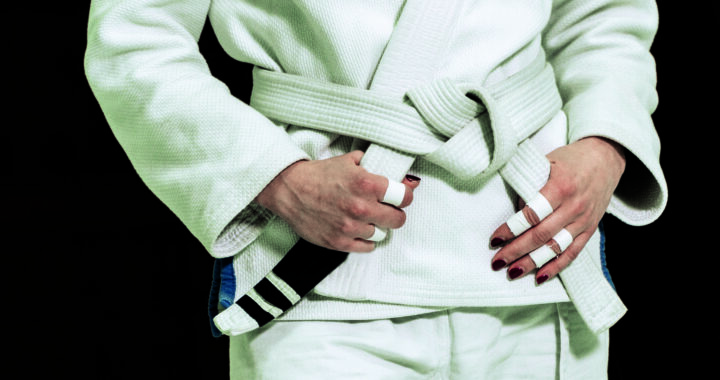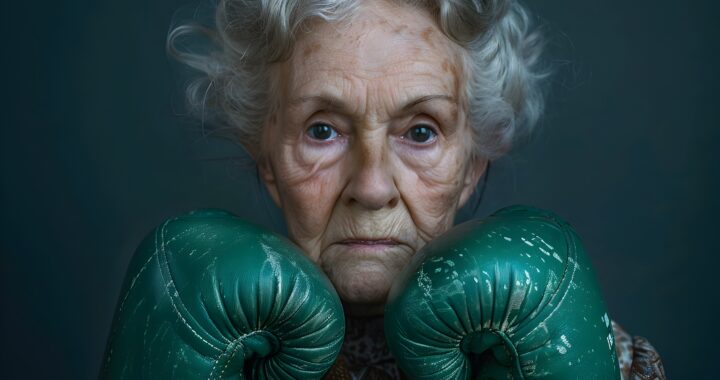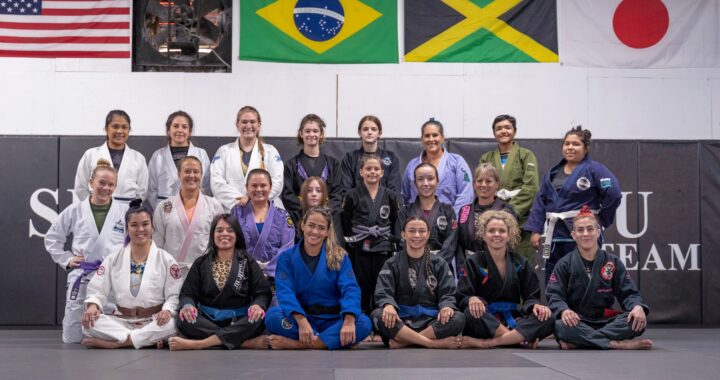The Battle of the Sexes

by Brittany Allison
Traditional gender norms are systemic in our society and will take time to overturn
It is very apparent that gender norms do not stay off the mat in martial arts. Gender norms tell us that men are strong protectors and women are weaker and need protecting. We are socialized to think and act this way from birth. When a woman can fight and perform better than a man, that “violates” these more traditional ideas. Sometimes, we as women may even question our own femininity because we are told we are “too masculine” when we excel in martial arts. Being strong should never be associated with being less of a woman.
For men, traditional values tell them to never be physically aggressive towards a woman, contributing to discomfort on their end when training in mixed company. Additionally, when a man loses to a woman, it can challenge their masculinity and be seen as a serious threat.
Ever heard of “losing to a girl” and how much men will judge other men for that? Men like this may overestimate their skill and assume they should win just for the fact of their sex. However, when threatened, the man may either purposely underperform (convincing themselves they were not really trying) or overcompensate and use physical “muscling” and intimidation over their female opponent. Either scenario diminishes the training for both opponents and serves to make women very uncomfortable. Beginner men are more likely to engage in these kinds of behaviors, while seasoned fighters are less likely. However, it may occur regardless of how long someone has been training.
Unfortunately, traditional gender norms are systemic in our society and will take time to overturn. The best way to train is to do your best to not focus too much on the sex or gender of the opponent but to focus on yourself and your technique. Think “opponent” and drop the “male” or “female” often placed before the “opponent”. Additionally, it will be important to train with, and under those, who do not consistently point out sex and gender differences because the more attention drawn to it, the more salient it will be in everyone’s minds. The more we can normalize and generalize our training experiences, the less we have to be preoccupied with the differences between men and women.
Finally, do your best to ignore their discomfort or struggles within their own masculinity because that is their journey and not yours so it should not be taken personally. That being said, it may be something to bring up with the coach (assuming that he is not one of those acting in such a way).
References
Channon, A. (2018). Martial Arts Studies and the Sociology of Gender: Theory, Research and Pedagogical Application. In P. Bowman (Ed.), The Martial Arts Studies Reader (pp. 155-170). Rowman and Littlefield international.
Got Questions? We Got Answers! Send us your questions for this column and our expert therapist will answer them on the next issue! [email protected]

Our printed magazine is full of extraordinary women with extraordinary stories, get your printed copy via mail today >



 The Path to Recovery
The Path to Recovery  Imposter syndrome
Imposter syndrome  Treating PTSD
Treating PTSD  Feeling Empowered
Feeling Empowered  Father Time is Undefeated
Father Time is Undefeated  The Jiujiteira Sisterhood
The Jiujiteira Sisterhood  Advice in the Ranks- From White to Black
Advice in the Ranks- From White to Black  ADGS Rome: Jiujiteiras Shine in the Land of the Colosseum
ADGS Rome: Jiujiteiras Shine in the Land of the Colosseum